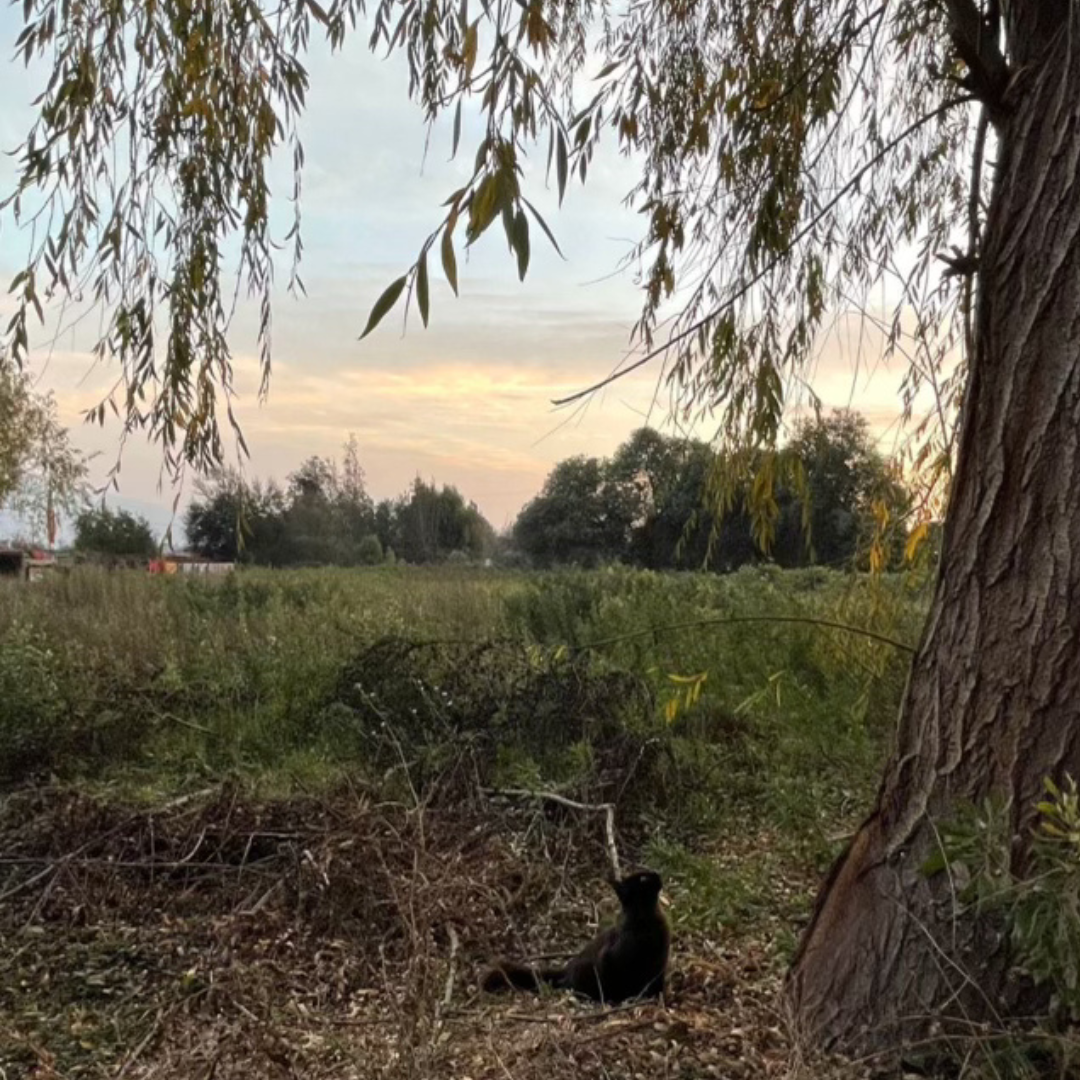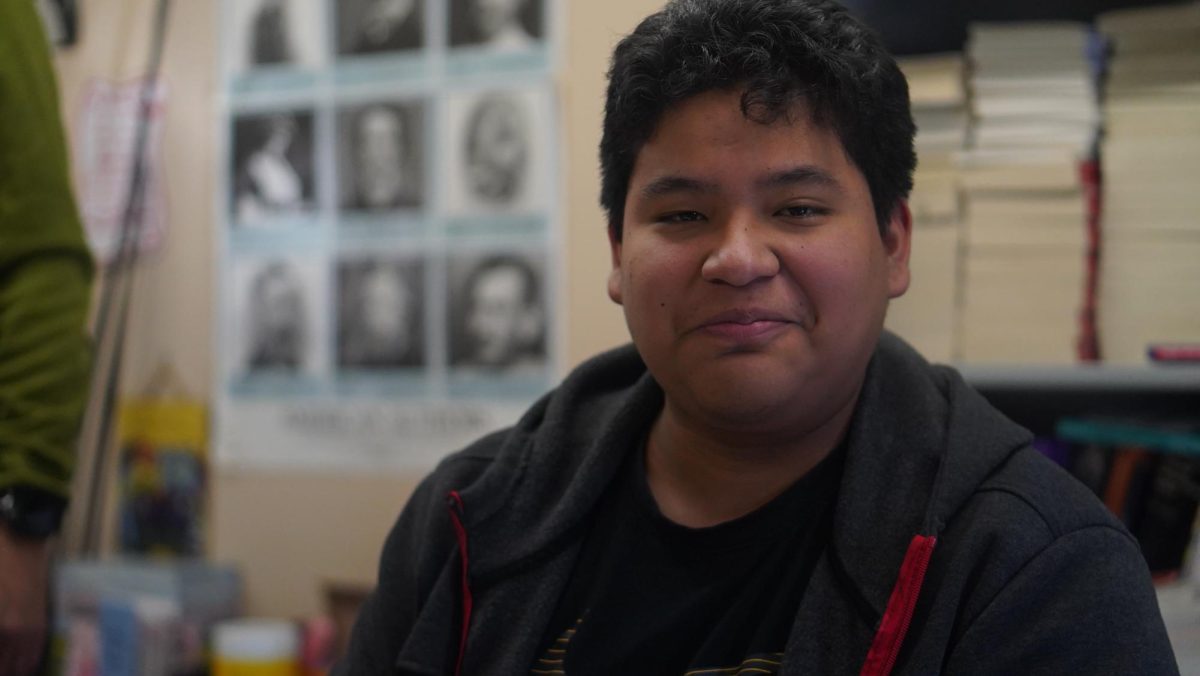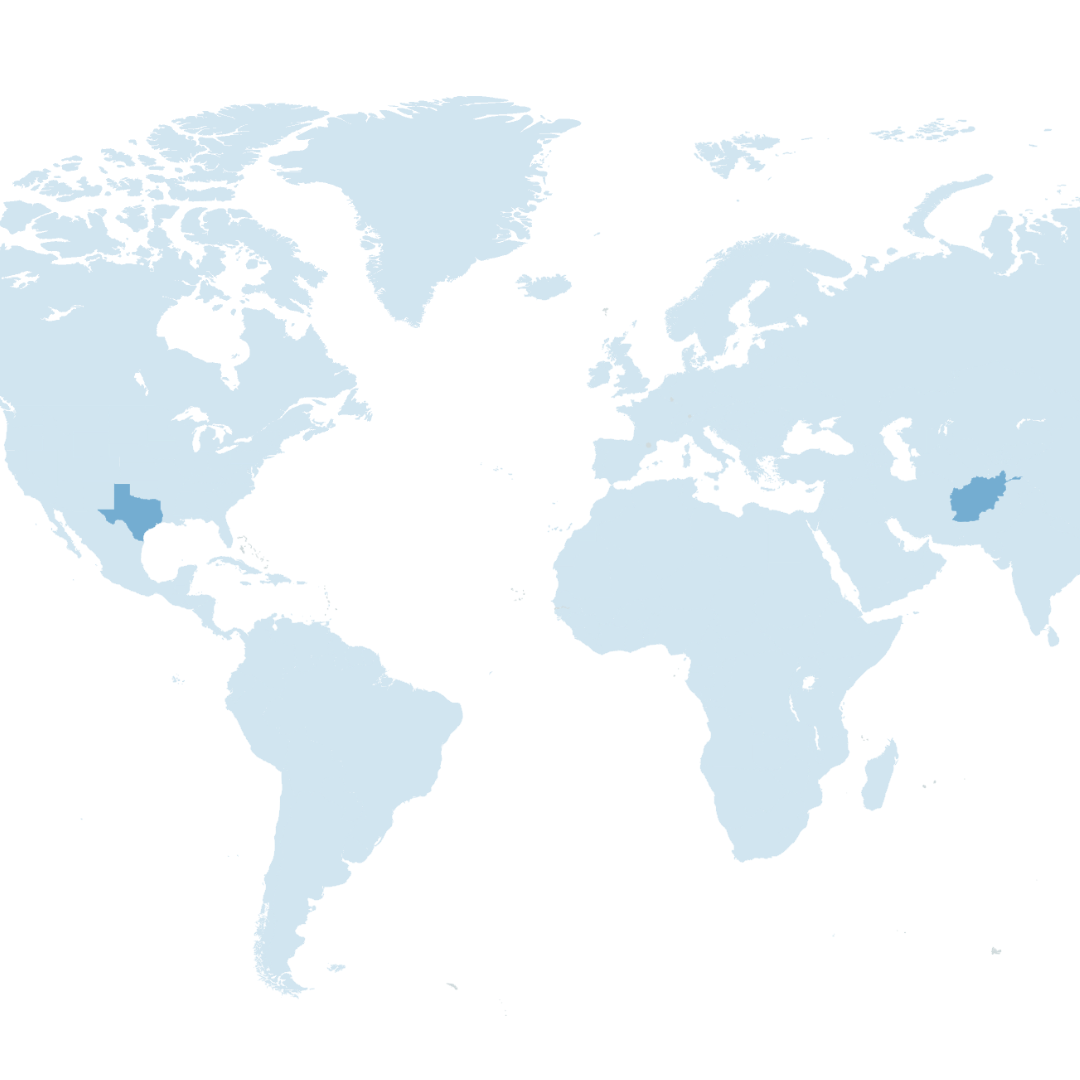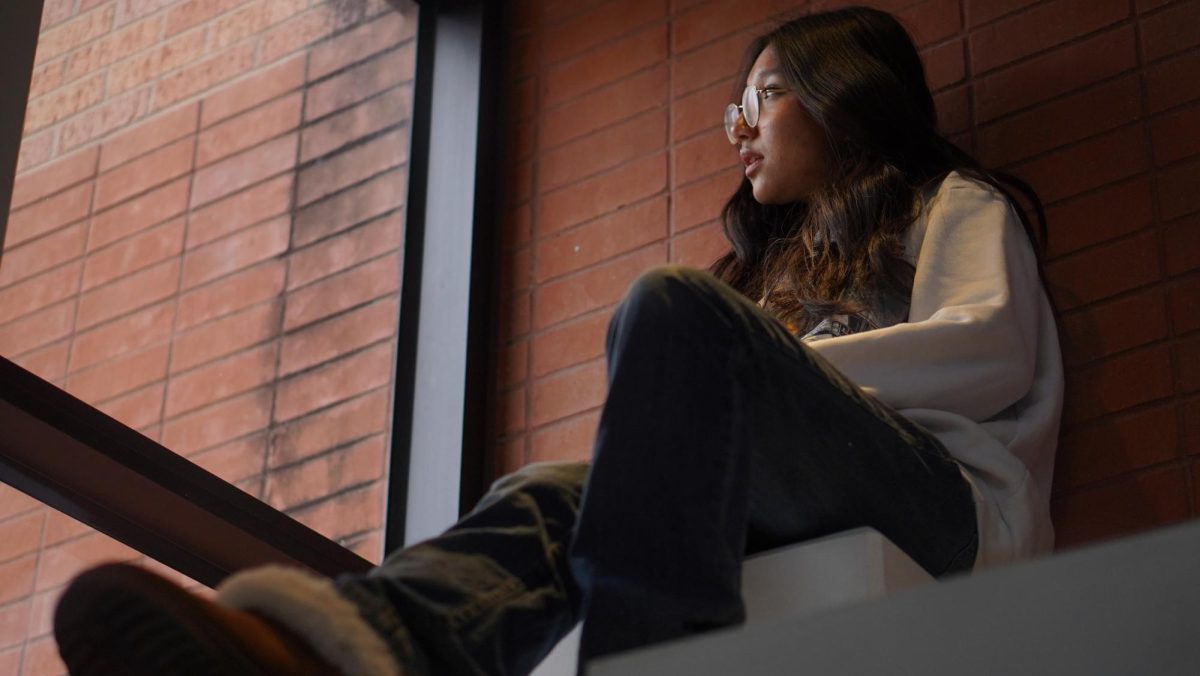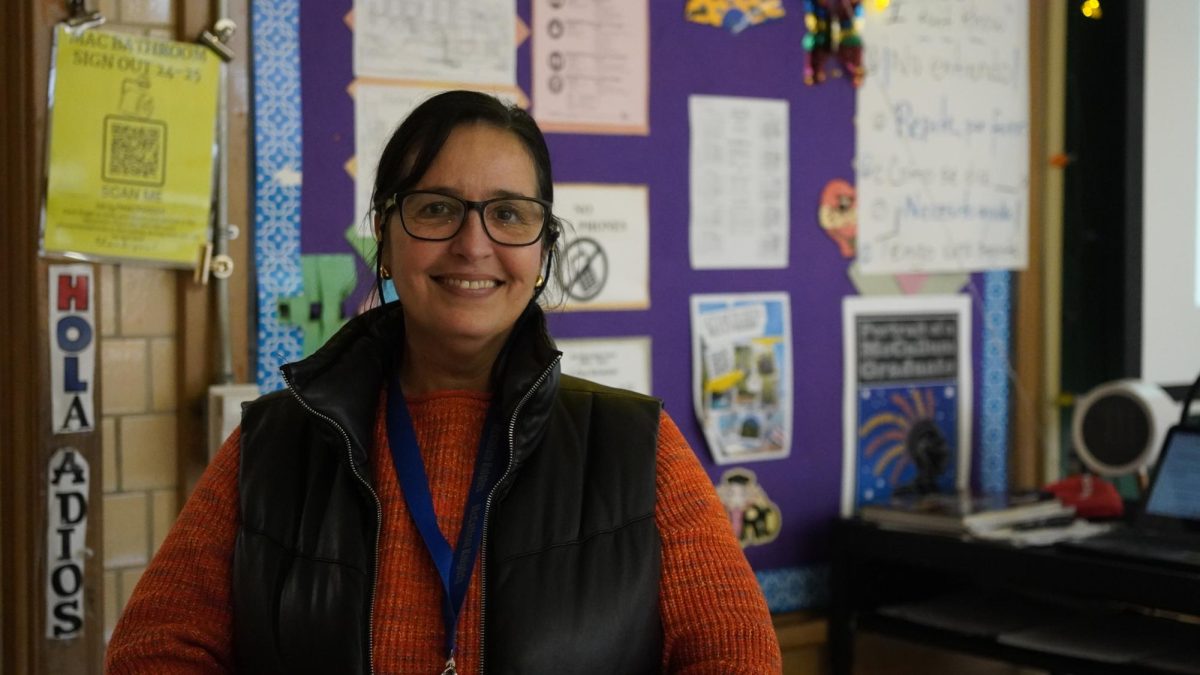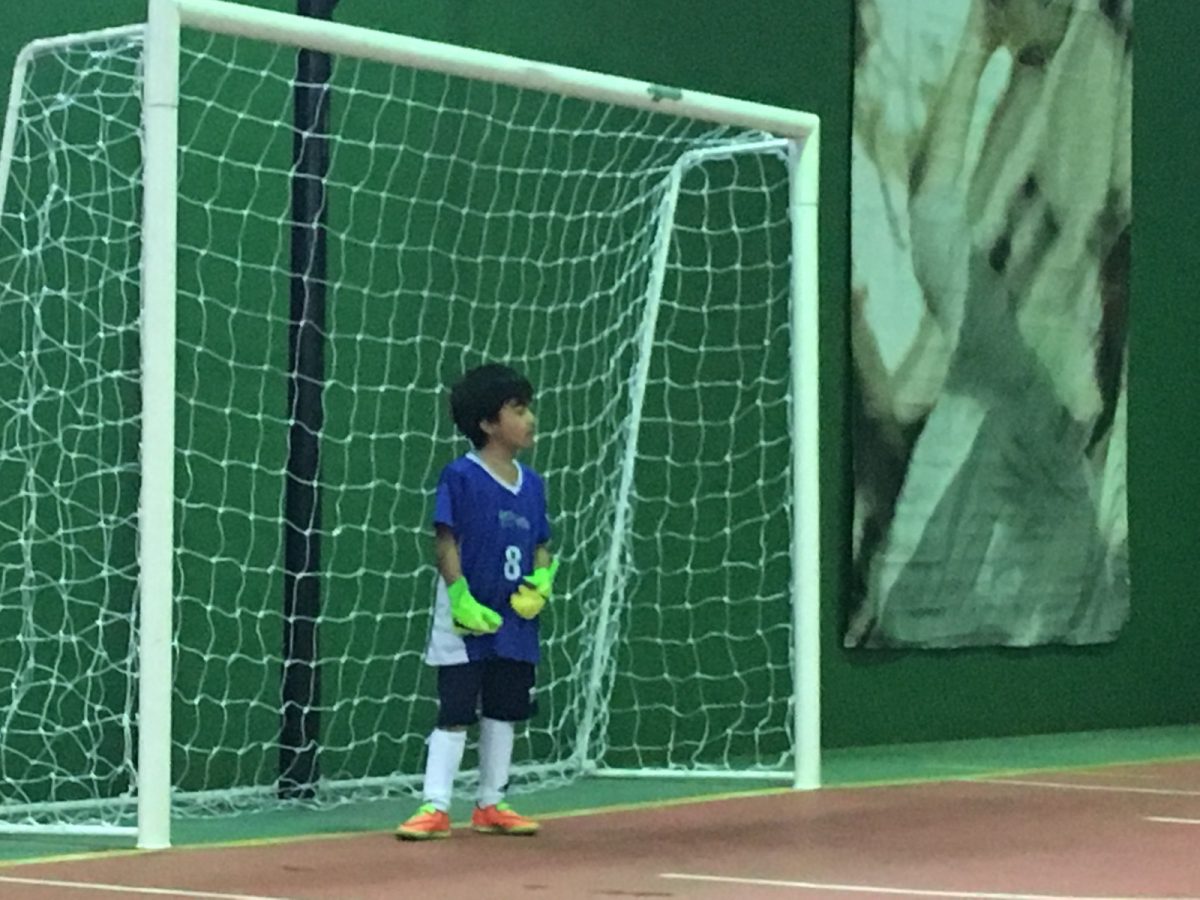Despite Santiago, Chile, being almost 5,000 miles away from Austin, when freshman Pia Larenas cooks or eats Chilean foods it makes her and her family feel more connected to the home they left when she was 11.
Foods like completos, asado and empanadas of all kinds (“de queso, de pino de camarón”) remind her of Santiago and Chile. Unfortunately, foods like completos are almost impossible to find in Austin.
“Every person in Chile knows how to make completos because it’s so good,” she said.
Completos are a variation of a hot dog, which is usually topped with ingredients like tomatoes, avocados, mayonnaise, sauerkraut and salsa Americana.
“It’s so good,” she said. “I used to have this friend, and I was like ‘You have to try it.’ When she tried it, she was like ‘Ew,’ but it’s actually so good. I don’t know how people don’t like it.”
Along with some of Larenas’ favorite foods in Santiago, she would go to ferias, which are outdoor markets that sell items ranging from food to clothes and so much more. Santiago is a very large city, with a population of 6 million people, surrounded by the Andes Mountains.
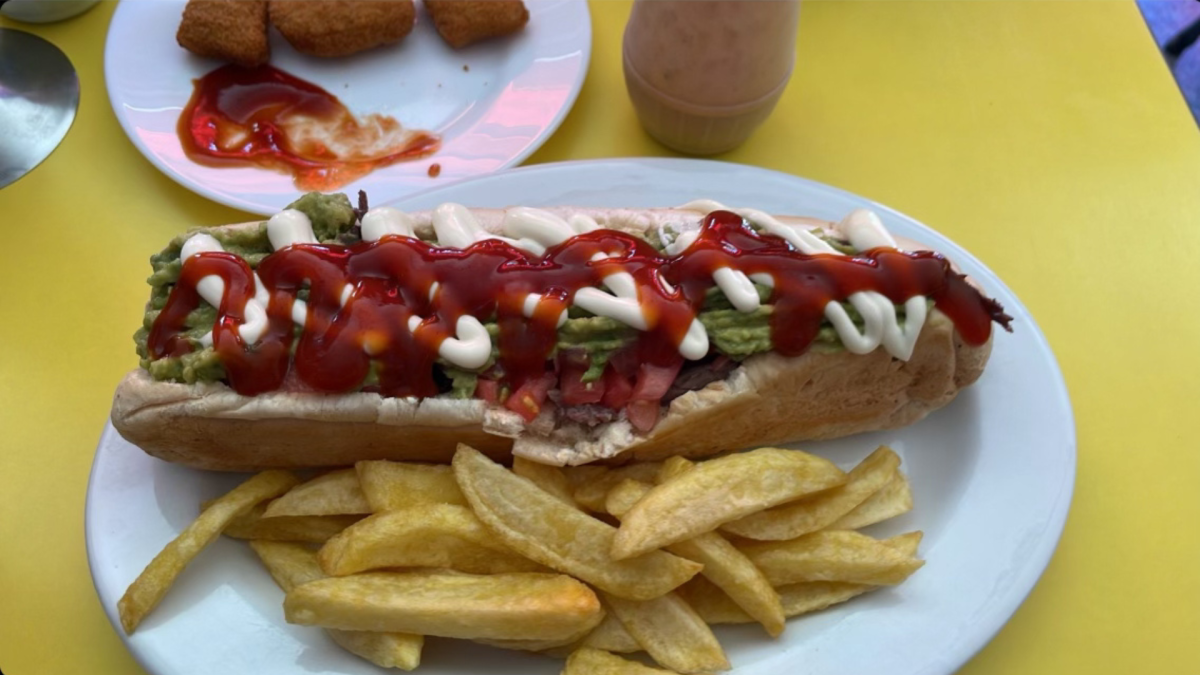
Chile is about 2,700 miles long, but only 61 miles wide. The vast distance of the country creates a diverse geography, with areas like the Atacama Desert, Andes mountain range, the Pacific Ocean and the Valdivian rainforest. Before Larenas moved to Santiago when she was 8 years old, she lived in Coquimbo, Chile, a city of 200,000 people, which sits right on the coast of the Pacific Ocean in northern Chile.
Prior to moving to Austin, Larenas had visited the United States a few times since family members like her cousins and grandparents live here. At the time, visiting America was daunting.
“The first time was really scary for me because [America] was a big country and I was not used to being in this place,” she said. “It’s a little bit different because America is way bigger, so it was scary, but then I got used to it.”
Along with getting used to a new country, when Larenas started at Lamar Middle School, she had to adjust to a new school structure, without speaking much of the language that was being spoken to her.
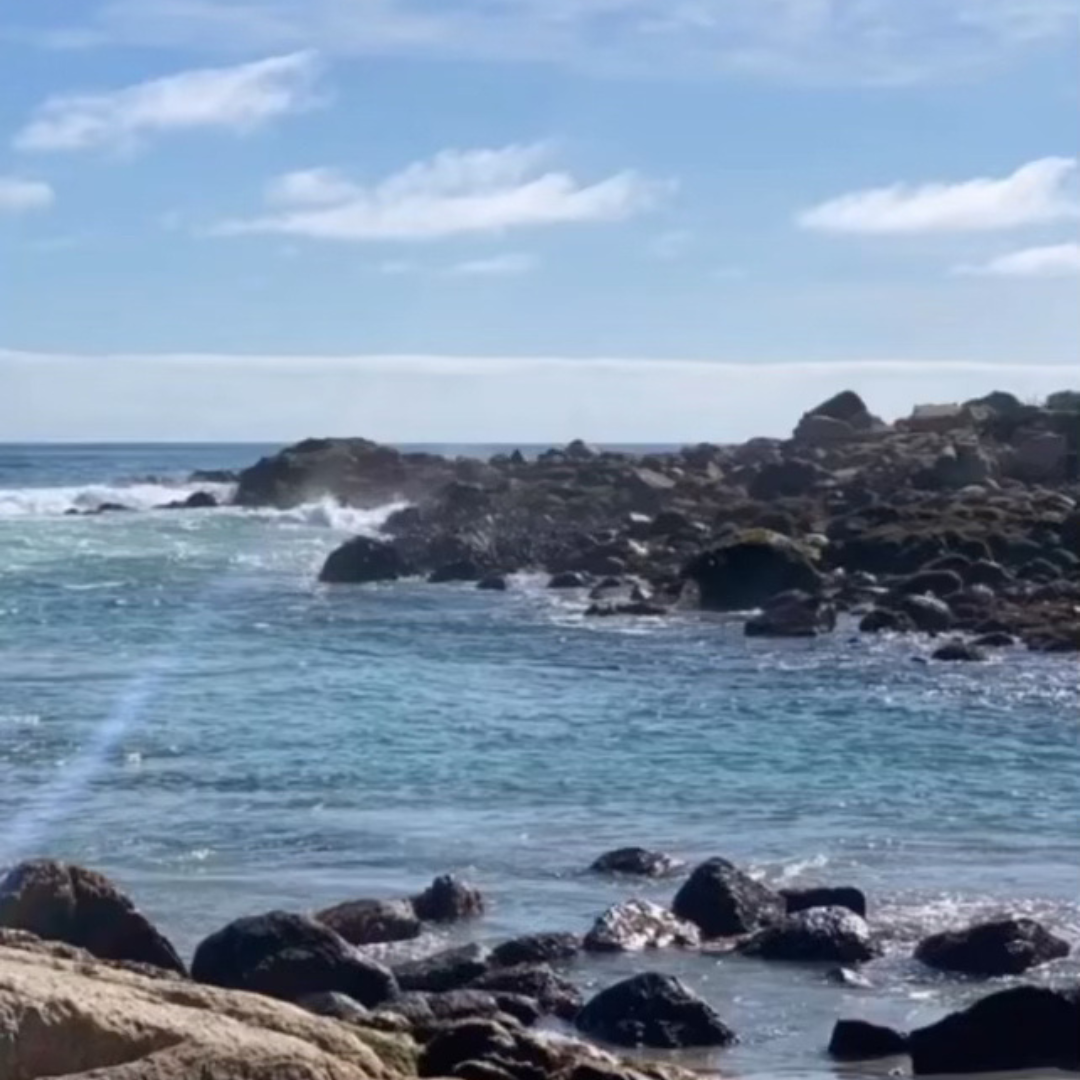
“It was really stressful for me because I was so confused about what the schedule was,” she said. “The school system is so different. We had breaks between classes. Here, it is sitting in a chair for eight hours in a row, but in other countries you take breaks between classes.”
While Larenas came to the U.S. as a middle schooler, her younger sister, who is 8 years old now, was just starting elementary school.
“It was way more easier for her, because she’s little,” she said. “It’s easy for kids just to learn another language. She’s doing good, she’s having good grades, and she speaks English perfectly, way better than me.”
Larenas was met with a lot of confusion and uncertainty, something she thought she had to figure out alone.
“I was confused, and nobody told me that I should have to get used to it,” she said. “I was just thinking it would be like that forever, and you just have to get used to that stuff.”
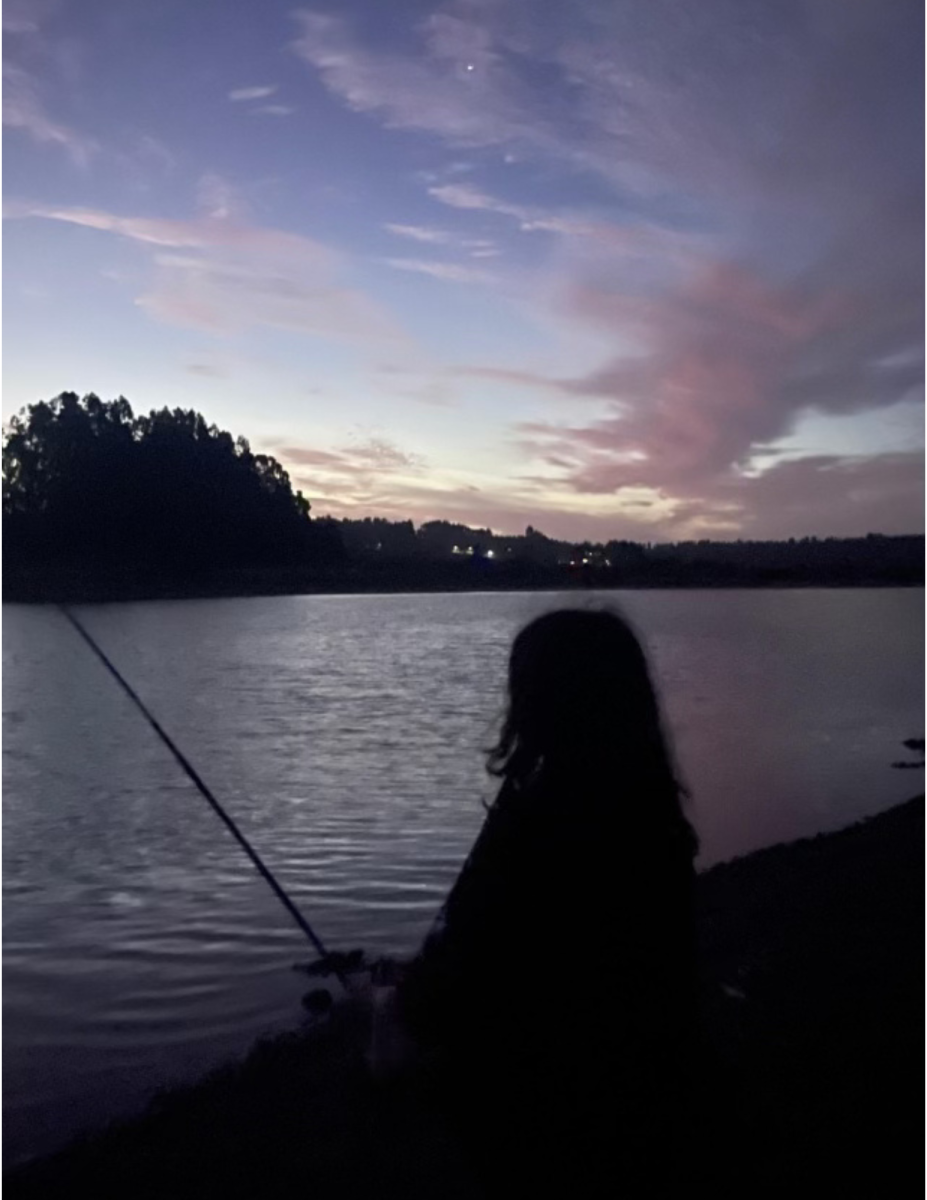
Three years after leaving Santiago, she’s realized that she did in fact eventually get used to the new country, new school, new friends and new life. Larenas believes she’ll be returning to Chile after high school, but for now, whether she does or not, Chile is found in the Chilean food, her family and most importantly, completos.


